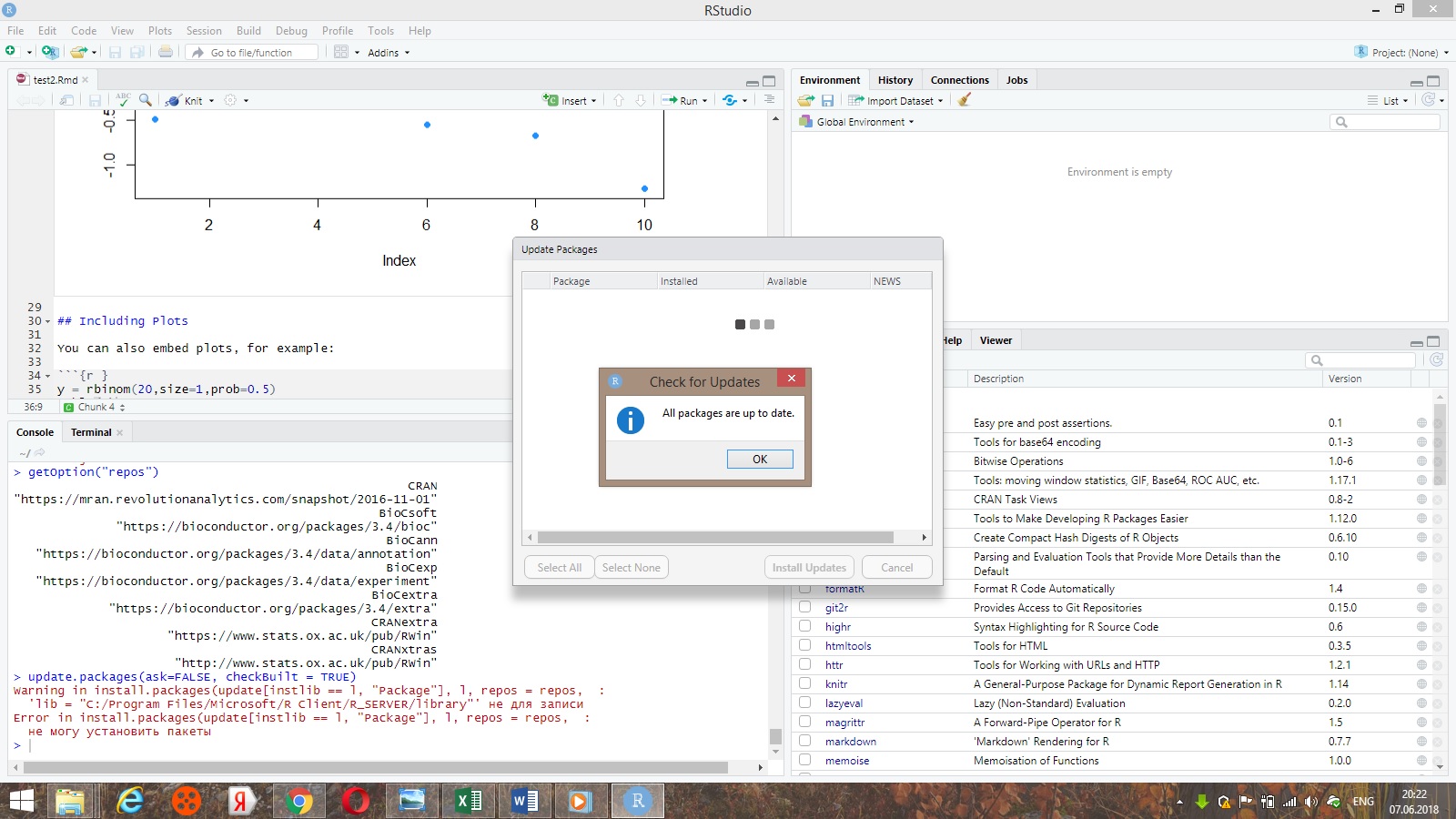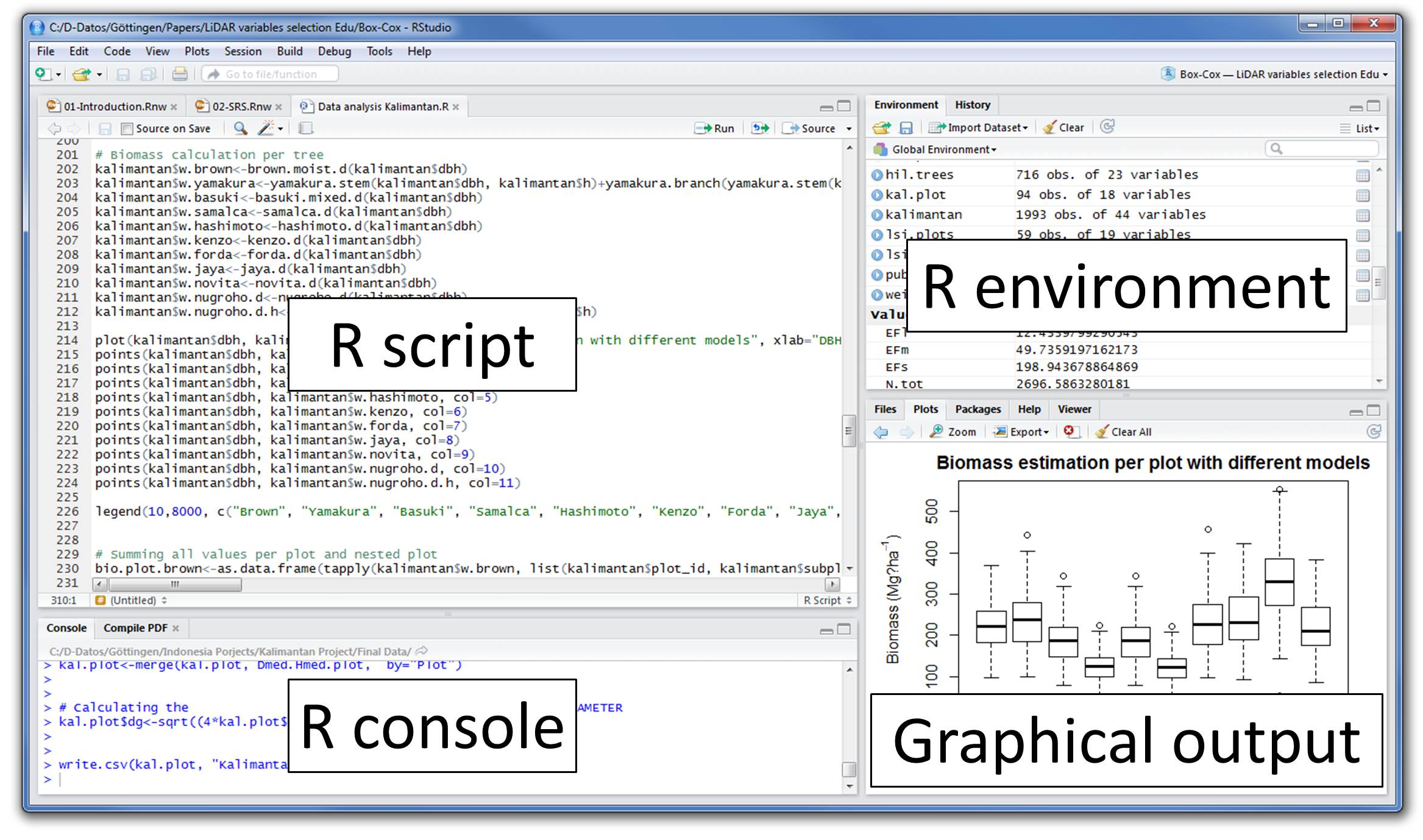


If we already know it is in the parallel package, we could You can click on a package name to see a help page listing all of the functions and other objects in that package.įor example, suppose you were looking for documentation on a function to specify the number of cores you want to use for running R in parallel. The search box works much like it does in help. You can scroll through the list, or use the search box in the upper right of the pane.

If you are working in RStudio you can see the installed packages in the Packages pane, tabbed in the lower right of RStudio with Files, Plots, and Help. You can install or update packages yourself - these will automatically be installed in a folder on your U:/ drive.ġ0.1 What packages are already installed? In the SSCC, you will find that there are many packages already installed for you. While you only need to install a package once, you need to tell R to use that package any time you start a new R session. telling R to use that package for objects (functions, data) (with library()).installing the package on your computer (with install.packages()).There are two main steps to using a package: CRAN packages must meet certain benchmarks to be accepted and distributed.ĬRAN packages vary considerably in style and the quality of their documentation, even after meeting the CRAN benchmarks. Packages can contain all sorts of objects, but generally they are sources of new functions, datasets, example scripts, and documentation.Īnyone can develop and submit a package to CRAN, the central repository. R is available as a series of modules called packages, a few of which were included when you initially installed R. 10.1 What packages are already installed?.


 0 kommentar(er)
0 kommentar(er)
